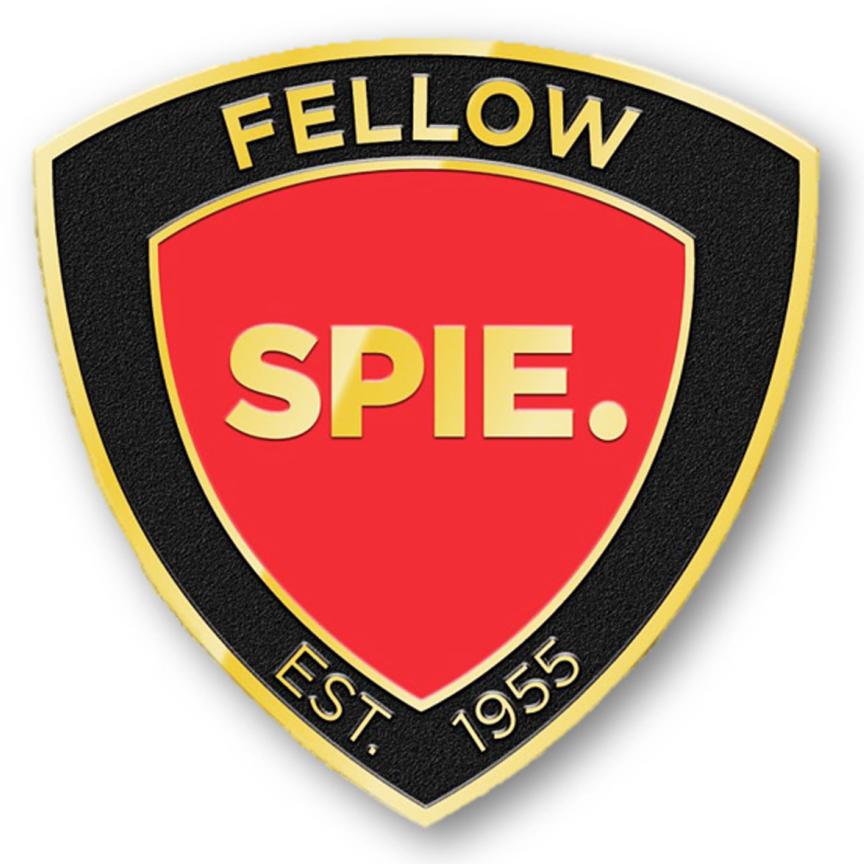Three silicon photonics platforms developed under the European FP7 project PLAT4M have matured. The technology platforms produced by Leti, STMicroelectronics and Imec pave the way for manufacturing silicon photonics products on an industrial scale.
The European Commission launched the 15-member PLAT4M project in 2012 to build a silicon photonics supply chain in Europe that would speed the transition to commercial production. Earlier in 2017, the European Union invested €15.5 million into PIXAPP, a consortium aiming to establish the world’s first open access photonic integrated circuit (PIC) assembly and packaging pilot line.
Silicon photonics – using light to transfer data between and within microchips – has the potential to bring substantial breakthroughs in high-speed data communications, telecommunications and supercomputing. In addition, it is one of the most promising industrial production candidates because of its potential for large-scale and low-cost production capability in existing CMOS foundries.
Jean-Marc Fedeli, coordinator of the PLAT4M project, said: ‘The high level of maturity of the technology offered by these platforms makes them readily accessible to a broad circle of users in a fabless model.’
Leti’s project team developed a silicon photonic platform based on a 310nm silicon film on top of an 800nm buried oxide on a high-resistivity silicon substrate.
Since the targeted applications for the project were O-band transceivers and receivers, most of the developed devices are suitable for 1,310nm operations.
CEA-Leti has developed three PDKs dedicated to multi-project wafers (MPW) that run on this silicon photonics technology. This is now offered via the brokers CMP and Europractice. Moreover, III-V Lab has designed and co-fabricated an integrated hybrid III-V/Si transmitter using a wafer bonding technique on this platform.
During the project, STMicroelectronics developed a silicon photonics technology aimed at generating and nurturing further application-specific industrial nodes. This platform creates an advanced photonic nanoscale environment, and combines CMOS foundry tools with the flexibility necessary to support R&D efforts.
Participants chose a 4x25G transceiver as a wavelength division multiplexing (WDM) data communication demonstrator to validate both Leti and ST R&D platforms. The device functionalities were evaluated for compatibility with the 100GBase-LR4 standard, implying a signal transmission over four channels, spaced by 800GHz around the 1,310nm window, one fibre out and one fibre in.
Finally, over the course of the PLAT4M project Imec has consolidated and further developed its silicon photonics technology platform ISIPP25G using its 200mm pilot line facilities located in Leuven. The facilities support industrial prototyping for various applications and markets.
The Imec platform component portfolio has been expanded to specific devices for sensing and high power free space applications. Furthermore, Imec’s technology is supporting modulation and detection at 50Gb/s and beyond with a variety of modulator options (GeSi EAM, Si MZM, Si MRM) now offered under its ISIPP50G technology. This is alongside both edge and surface fibre coupling technology and a library of O-Band and C-Band high quality passive components.
The technology is accessible through Imec’s PDK, which is supported by software tools from several vendors including project partner PhoeniX Software. In collaboration with Mentor, a Siemens business, Imec has also explored LVS verifications to reduce design errors and performed litho-friendly design analysis to improve the patterning predictability. Using the Imec technology with new processing steps, TNO has demonstrated a multi-channel ring resonator-based sensor system. Polytec demonstrated the operation of multichannel laser Doppler vibrometer. Thales has demonstrated an integrated FMCW lidar system with eight switchable output channels, as well as a coherent beam combiner with 16 beams with linear operation up to a maximum input power of 26dBm. The thermal phase-shifter elements achieved a power efficiency of 10mW for a p-phase shift.
Imec has also demonstrated new advances in its technology, such as a low loss silicon waveguide technology (~0.6dB/cm for a 220 x 450nm waveguide) applying CMOS patterning developed in its 300mm pilot line with immersion lithography. It has also demonstrated a further reduction of thermal phase-shifter elements down to 4mW for a p-phase shift.
The PLAT4M project allows the photonics community to design more complex and more robust circuits. Mentor and PhoeniX Software have worked closely together on an integrated electronics/photonics co-design workflow.
Packaging played a key role in the development of the project demonstrators. The skills and processes developed by Aifotec and Tyndall advanced the development of the silicon photonic packaging toolkit. This toolkit establishes standardised packaging processes for optical fibres, active devices, electronic components and thermo-mechanical systems to ensure that PICs can be packaged in a timely and cost-effective way.

